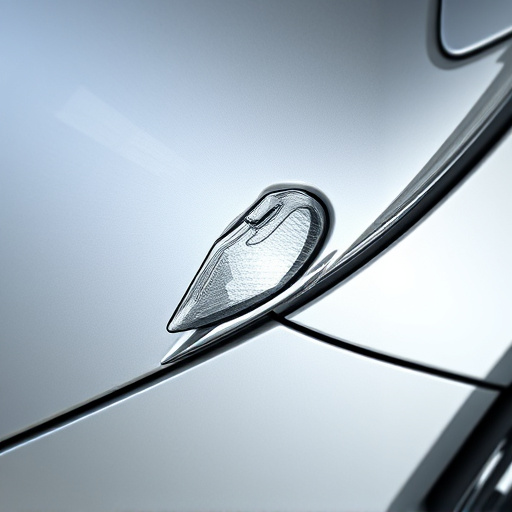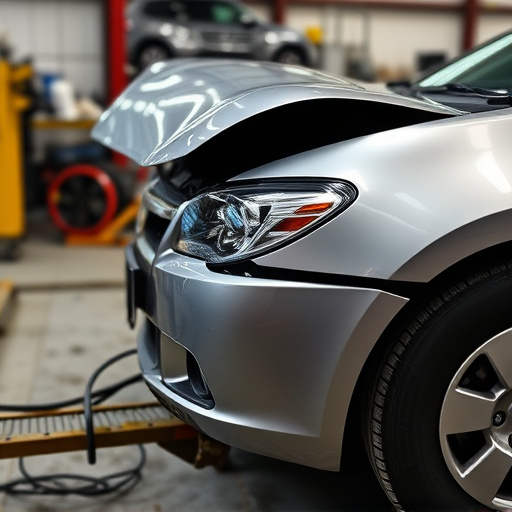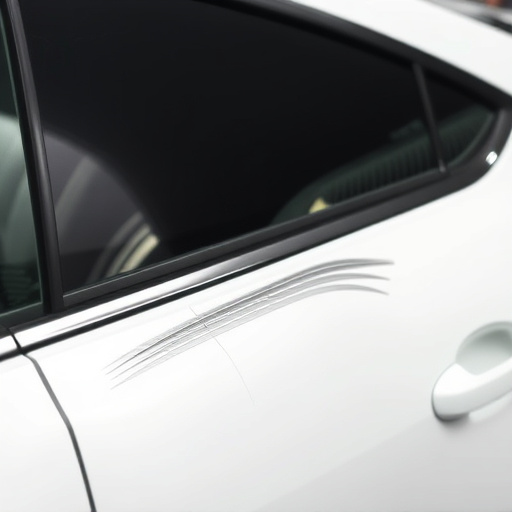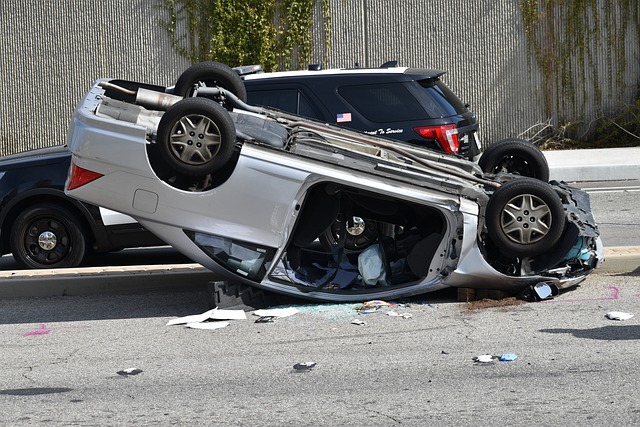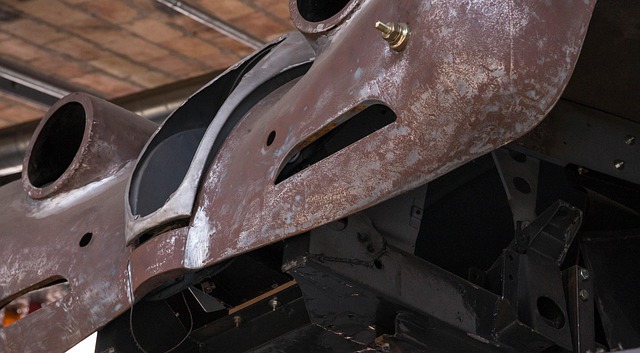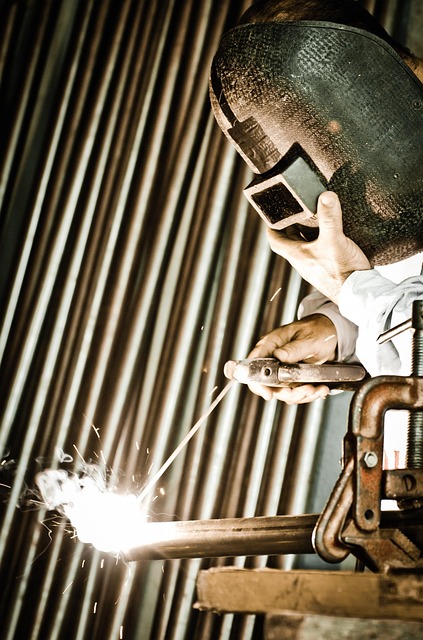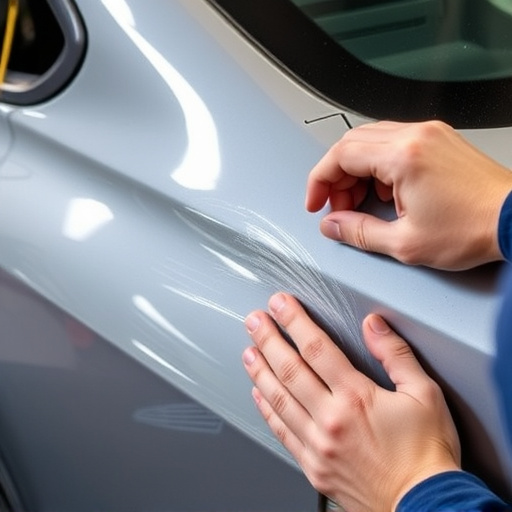Matte finish repair is a specialized automotive technique that restores original, non-reflective car surfaces damaged by scratches, dents, or paint defects. The process involves preparing the area, applying closely matched matte paint using brushes or airless sprayers, and managing drying time for seamless integration with existing body work. Essential tools include fine-grit sandpaper, a random orbital sander, precision knife, low-viscosity putty, primer, and matching auto paint. After assessing and sanding the area, priming and repainting with protective gear ensures a seamless blend and restored aesthetic appeal at an auto collision center.
“Uncover the secrets to mastering matte finish repair with our comprehensive guide. Whether you’re a DIY enthusiast or a professional, understanding the basics is key. From identifying damage to selecting the right tools and materials, this article equips you with all the knowledge needed for a successful repair. Learn the step-by-step process, from preparation to final touch-ups, ensuring your matte finish surface looks as good as new. Discover expert tips and tricks for achieving flawless results.”
- Understanding Matte Finish Repair: The Basics
- Tools and Materials Required for a Successful Repair
- Step-by-Step Guide to Fixing Matte Finish Damage
Understanding Matte Finish Repair: The Basics

Matte finish repair is a specialized technique within the automotive industry, focusing on restoring the original smooth and non-reflective surface of vehicles. This process is often required after minor damages like scratches, dents, or paint defects appear on the car’s exterior. The goal is to achieve a seamless blend that matches the vehicle’s unique color and finish.
The basics involve preparing the damaged area by sanding and cleaning to ensure proper adhesion. Then, a selected matte paint—matched closely with the car’s existing shade—is applied using brushes or airless sprayers. Skilled technicians must carefully manage the drying time and cure the paint to prevent imperfections. This meticulous approach guarantees that the repaired section seamlessly integrates with the rest of the vehicle’s auto body painting, maintaining its aesthetic appeal and protective qualities.
Tools and Materials Required for a Successful Repair

To successfully undertake a matte finish repair, several specific tools and materials are essential. These include a fine-grit sandpaper suitable for the surface material—whether it’s paint or clear coat—and a random orbital sander for even and efficient sanding. A precision knife or scalpel is crucial for cutting and shaping putty or filler, ensuring clean lines and accurate repairs.
For application, a low-viscosity putty or composite repair kit tailored to the vehicle’s finish is key. Also, don’t overlook safety gear: gloves, goggles, and a respirator mask are necessary when handling fine dust particles generated during sanding. Remember, quality car repair services often hinge on having the right tools and materials for the job, ensuring a seamless and durable matte finish repair.
Step-by-Step Guide to Fixing Matte Finish Damage

To fix matte finish damage, start by assessing the extent of the issue. Inspect the surface for cracks, chips, or peeling, identifying small areas that require attention. Next, gather your tools and materials, including a fine-grit sandpaper, a suitable primer, and high-quality auto paint in the original matte finish shade.
Begin sanding gently to smooth out any rough patches, removing damaged or detached layers. Ensure you wear protective gear during this process. After cleaning the surface, apply a thin layer of primer, allowing it to dry completely. Finally, using a small brush or spray gun, carefully match and repaint the affected area, blending seamlessly with the surrounding matte finish. This meticulous approach will restore your vehicle’s aesthetic appeal, ensuring it looks as good as new at your trusted auto collision center.
Matte finish repair is an essential skill for maintaining the aesthetic appeal of various surfaces. By understanding the basics, gathering the right tools and materials, and following a structured guide, you can effectively address damage and restore a smooth, non-reflective surface. With this knowledge, you’re equipped to handle small repairs yourself, saving time and cost while ensuring a professional outcome. Remember, proper care and timely intervention are key to minimizing future damage, keeping your matte finishes looking their best for longer.
